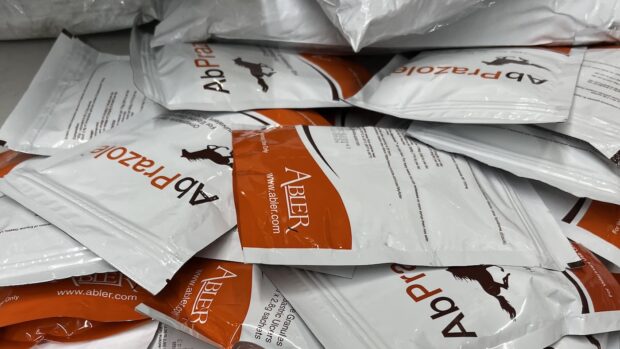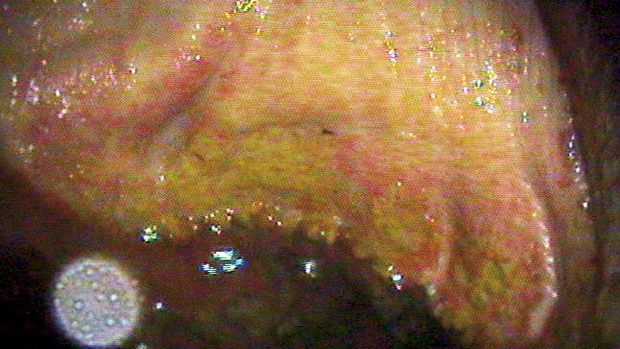Ongoing studies carried out by Merial Health have found that 76% of elite event horses have gastric ulceration, between 98-100% of racehorses in training are effected and 50% of leisure horses also suffer from the problem.
But with this alarmingly high proportion of competition horses being diagnosed with stress-related gastric ulcers, what are the facts and what is just myth?
• If your horse hasn’t had colic it won’t get stomach ulcers
Fiction: Less than 3% of racehorses with ulceration have had colic.
• A sore or cold back could be an indication of gastric ulcers
Fact: Increasingly, gastric ulceration is found in horses that are reported as having back pain. Often, a horse who has a history of pain on girth tightening is found to have gastric ulcers.
• Gastroscopy is a non-invasive procedure
Fact: Scoping for stomach ulcers is not difficult or painful. It takes about 10min and there is very little discomfort for the horse.
• If my horse is turned out regularly it won’t get ulcers
Fiction: A study carried out on racehorses in New Zealand in 2004 showed that those who were trained from pasture still had a high level of ulceration. Also, turning a horse out with gastric ulcers will not cure him. A dramatic change of routine such as this will lead to increased stress.
For the full article on gastric ulcers, see the current issue of Horse & Hound (7 May, ’09)




